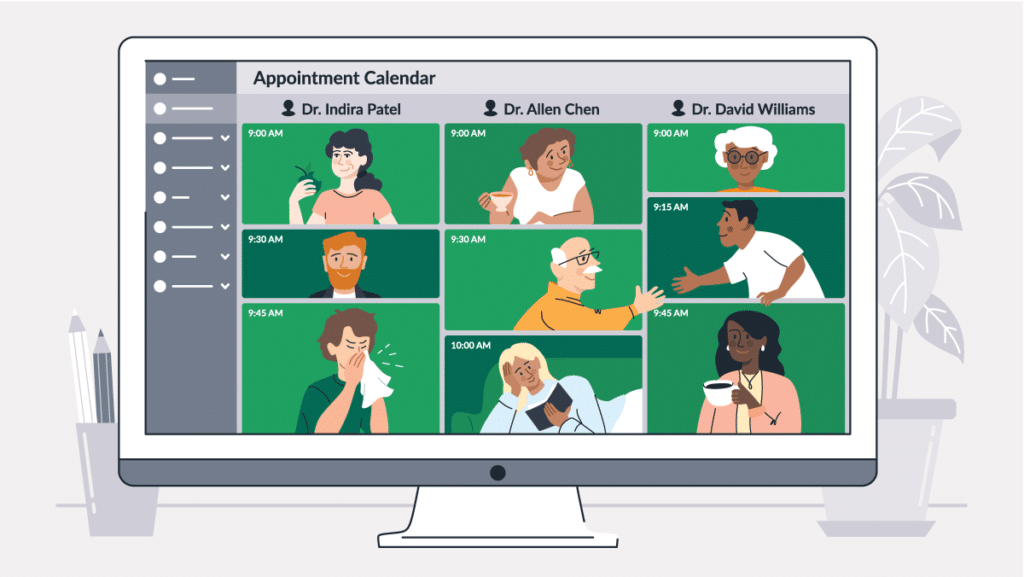There have been reports of up to two-thirds of Australian GPs intending to or already starting to raise fees as a consequence of the Medicare rebate freeze extension to 2018.
The increasing costs of running a practice has made it a necessity for many clinics to increase practice fees and even prompted some bulk-billing clinics to reconsider their billing practices.
These changes make it critical for clinics to ensure they have the tools, knowledge and confidence to successfully roll out fee increases in a way that prevents service disruptions and negatively impacting patient relationships.
So what’s the best way to break the news to patients that practice fees are going up or even worse… that bulk billing is no longer available to all patients for all reasons?
Here are our top tips to increase practice fees in a patient-friendly way
Pick a fee increase approach: Immediate vs Gradual
There are essentially 2 ways to increase practice fees:
Immediate increase (effective from a set date)
In this instance, the practice would decide the amount to be increased and the date the increase will take place from.
This might be from a certain week e.g. ‘From Monday the 3rd of August…’ or more commonly from the start of the month e.g. ‘From the 1st of August…’
Gradual fee increase
With this approach, after the practice has decided on the fee amount to be increased e.g. $9 it would then spread this amount over time so there is a gradual increase e.g. $3 over a series of months.
We have found the ‘Immediate’ approach mentioned first, is preferred by most clinics.
Deciding what the best approach will be for your practice will depend on your particular clinic’s circumstances as well as what you think would best suit your patient demographic.
The key to a successful fee increase rollout is clear communication with patients.
The most common patient complaint is usually around not being aware of the increase in cost prior to the service being provided.
Here are 3 tips to effectively communicate a practice fee increase to patients:
1) Make patients aware at all relevant contact points:
Before an appointment is made:
- If your Phone includes a welcome message, add a mention of the recent or upcoming change in practice fees and prompt patients to ask the receptionist for details.
- The On-hold Message could also include a mention of recent changes to practice fees and to ask reception for more information.
- Your Practice Website should always include a section listing your current fees (as per RACGP accreditation standard 1.2.1), this is also a good place to include a notice about upcoming or recent fee changes.
When the appointment is made
The receptionist is in an ideal position when booking appointments by phone to communicate the new cost of the consultation and gain patient agreement prior to booking the appointment.
If your patients are booking appointments using an online booking solution such as HotDoc, then include a note about recent fee changes that requires acknowledgement in order to proceed with the booking. This way you can make sure all efforts have been made to inform the patient prior to the consultation.
After the appointment is made:
You should also consider posting notices on the reception desk and in the waiting room to update patients about the fee increase.
2) Explain the reason for the increase
Patients who understand the reason behind your fee increase will tend to be more cooperative and are far less likely to resent your practice for making the change.
You can be transparent and upfront in your communications. Let patients know the reason for the increase is a freeze to Medicare payment for GPs until 2018, even though the costs your clinic has to cover in order to continue to provide safe and quality health care continue to increase.
Some clinics have even used the patient notice as a way to educate and encourage patients to bring up the Medicare freeze as an issue with their local Member of Parliament.
3) Use a practice team approach
Ensure all practice staff, including administrative and clinical staff, are informed of the fee change, and that they are aware of the practice approach and the selected communication strategy to rollout the change.
This will ensure patients are met with a consistent and unified message across members of the team.
Ideally, all staff should be given an opportunity, possibly as part of a staff meeting, to provide input into the practice approach to the rollout of a fee change as often members of the team could share valuable insights that may have otherwise been missed.




